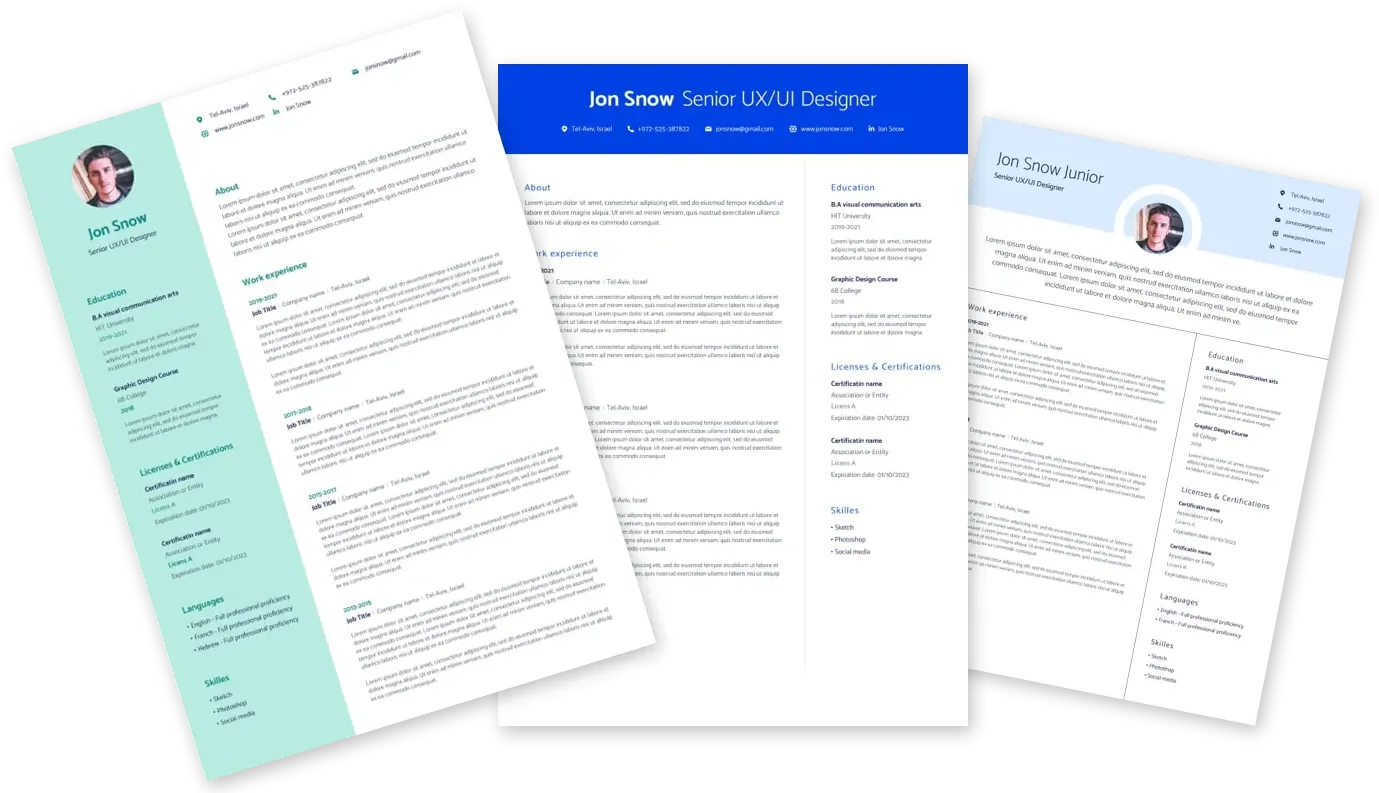
The point where experts and best companies meet

PNC Quantitative Analytics Model Development Consultant United States, Georgia, Atlanta 168791902
Share
Master’s degree in Mathematics, Statistics, Applied Mathematics, Mathematical Finance, Quantitative Finance, Financial Engineering, Economics, or Data Analytics plus 3 years of experience in financial modeling and quantitative analytics in a data scientist, quantitative analyst or statistical analyst role at a bank or financial services company is required. Must have experience with: (i) independently designing and developing credit scoring models to be used in credit lending decisions; (ii) validating and monitoring credit scoring models to assess the model related risk in credit lending decisions; (iii) designing profit & loss forecasting models to project cash flows consistent with macroeconomic conditions; (iv) performing portfolio analysis to assess default risk in the retail credit portfolio; (v) analyzing extensive credit bureau attributes, alternative data sources, and behavioral variables to evaluate default probabilities of retail loan customers; (vi) performing quantitative analyses on the banking retail lending products including personal loans, credit cards, overdraft, auto loans, and mortgage; (vii) utilizing machine learning techniques including Generalized linear model (GLM), Survival analysis, Random Forest and other tree models, Gradient Boosting model (GBM), Clustering analysis, binning, segmentation, ensemble models, component models, Principal Component Analysis (PCA), and feature engineering to estimate likelihood of default of customers and forecast credit loss; (viii) using tools including Python, R, Spark, PySpark, SparkR, SQL, Hadoop, GitHub, SAS EG, and Linux; and (ix) documenting, communicating, and monitoring model risks to manage the model risk across bank decisions including credit lending decisions, profit & loss forecasting, account management, and collection.
California ResidentsRefer to the
These jobs might be a good fit
